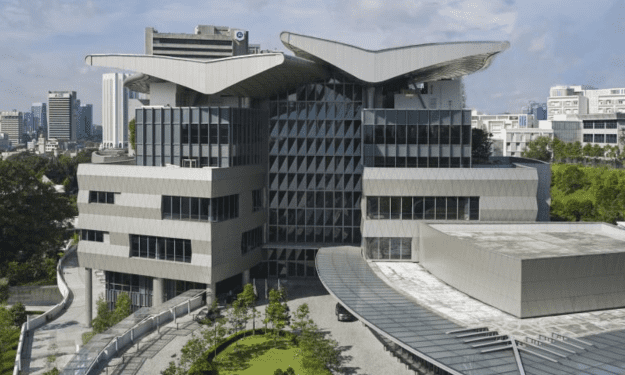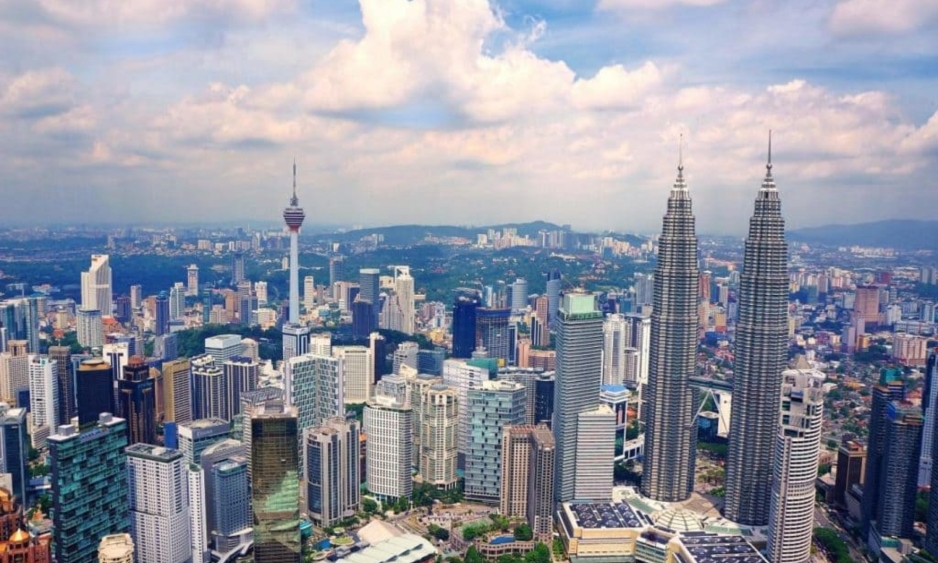In 2020, the discovery of the novel coronavirus sparked a ripple effect that brought the world to its knees. The COVID-19 pandemic disrupted every economic sector across the globe, leaving no area of the world unscathed. Still, even amid a complete upheaval of our lives, the show must go on. As many of us hunkered down inside our homes, business leaders scrambled to navigate the unpredictable terrain.
Professionals around the world experienced accelerated digital transformation that challenged the reliance on the physical workplace. More than a year has passed, and many countries have begun their journey towards recovery. Yet as we begin the gradual return to normalcy, the questions that are top of mind for many are: What will ‘normal’ look like?
Will the great COVID-19-induced experiment on remote work usher in a new era of workplace dynamics? What opportunities and challenges will this present? We don’t have all the answers yet. But we realize that change is inevitable and how we respond to change will determine the future we create.
In alignment with that sentiment and true to its vision of creating future-ready leaders, the Career Development Office at the Asia School of Business in collaboration with MIT Sloan (ASB) created the “Recovery & Growth” webinar series. The series aims to address many of the burning concerns as we recover from the pandemic and rebuild.
In the first instalment, an expert panel leveraged their collective experience and unique perspectives to shed light on the topic. The panelists included Yvonne Lee, Country Head at Common Ground Malaysia, Iwo Szapar, Co-Founder & CEO of Remote-how and Indra Dhanu, Director of Workforce Transformation at PwC Malaysia. Moderating the discussion was workplace and workforce transformation enthusiast, Wan Xin Low, MBA full-time class of 2022. Here is what our experts had to say.
The pandemic underscored many ills of the traditional workplace
After enduring several lockdowns, many professionals began to re-examine their perception of work. Aspects of work that came under scrutiny included the micro-management that pervaded the pre-pandemic workplace. Under the watchful eyes of supervisors, many employees believed that hours at the desk equaled productivity.
However, the results of the COVID-19 work from home (“WFH”) experiment have shown us that employees can be productive even at home. According to Iwo, “the workplace of the future will not be built on hours, but instead on the outcome. An outcome that is tied to the trust that [employers] need to give to your team, and employees to truly empower them.
This trust constitutes the foundation of success in the workplace of the future, whether it be remote, hybrid, or distributed.” His insights align with what many employers have started to realize. Today, several employers are investing more resources to nurture their company culture.
The disruption in workplace dynamics is inevitable
The digital transformation that took place during the pandemic may have accelerated change, but change was already upon us. Both the workforce and the workplace post-pandemic will look drastically different. Echoing this sentiment, Indra noted that “the conventional 9-5 career employee is on a steady decline.
[This is] not because professionals have become more restless but instead due to the increase in demand for niche skills. These are roles that employers tend to fill on a project basis and last for a shorter duration. Consequently, employers are more inclined to locate talent willing to work on an ad hoc basis.”
Though this may sound more beneficial to employers, people gravitate to such arrangements, as they offer something traditional jobs do not: flexibility. Many gig workers choose this lifestyle to have multiple streams of income without being tied to a specific locale.
This then begs the question: If neither the work nor the workforce is permanent in nature, why should the workplace be permanent in nature? The pandemic gave us the opportunity to reevaluate how we view both the workplace and the blend between our lives and work.
The future of work is filled with new possibilities
For many, the limitations of the lockdowns forced us to tap into our creativity. It challenged our resilience and ushered in a new facet of workplace dynamics. Business leaders realized the important of arming their teams with the appropriate tool stacks. With the right collaboration tools, creativity can happen anywhere.
Drawing from his experience, Iwo highlighted that “virtual meetings can be as productive as and, in some cases, even more, productive than in-person meetings. Furthermore, employers around the world are more willing to hire and work with remote teams. [This] allows them to expand their talent pool to include more diverse and competitive applicants.”
Yvonne agreed with his observation by stating that “many organizations are re-evaluating the need for permanent office space and investing in building more robust digital systems than corner offices with skyline views.”
Moving forward
As organizations reflect on the lessons taught by the great WFH experiment, one key area that shouldn’t be neglected is human connections. Though the digital world offers countless opportunities for efficiency, it often comes at the cost of authentic human relationships. The Zoom world eliminated incidental exchanges, an important part of building connections, and replaced them with purpose-driven calls.
Indra emphasized the need to be more deliberate about fostering human connections at work. “Organizations have largely been relying on the relationships that were built before the pandemic. Thus, as organizations continue to construct their new normal, they need to implement conscious steps to ensure that organic bonding does happen for both current employees and new hires.”
Managers must toe the very delicate line of building and maintaining these connections without increasing the burden of calls. At present, there is no perfect formula to resolve this challenge. Each organization should examine their unique needs and design a plan of action that suits them.





